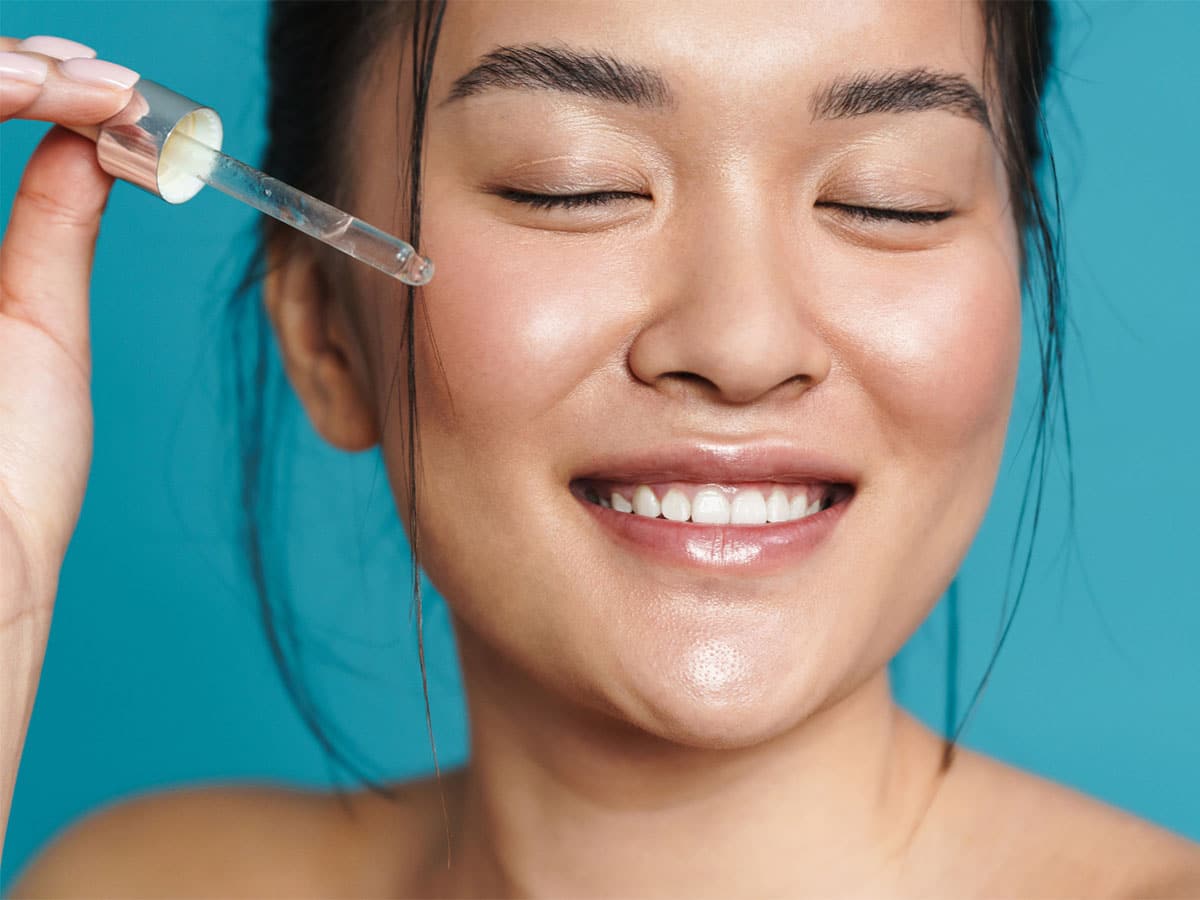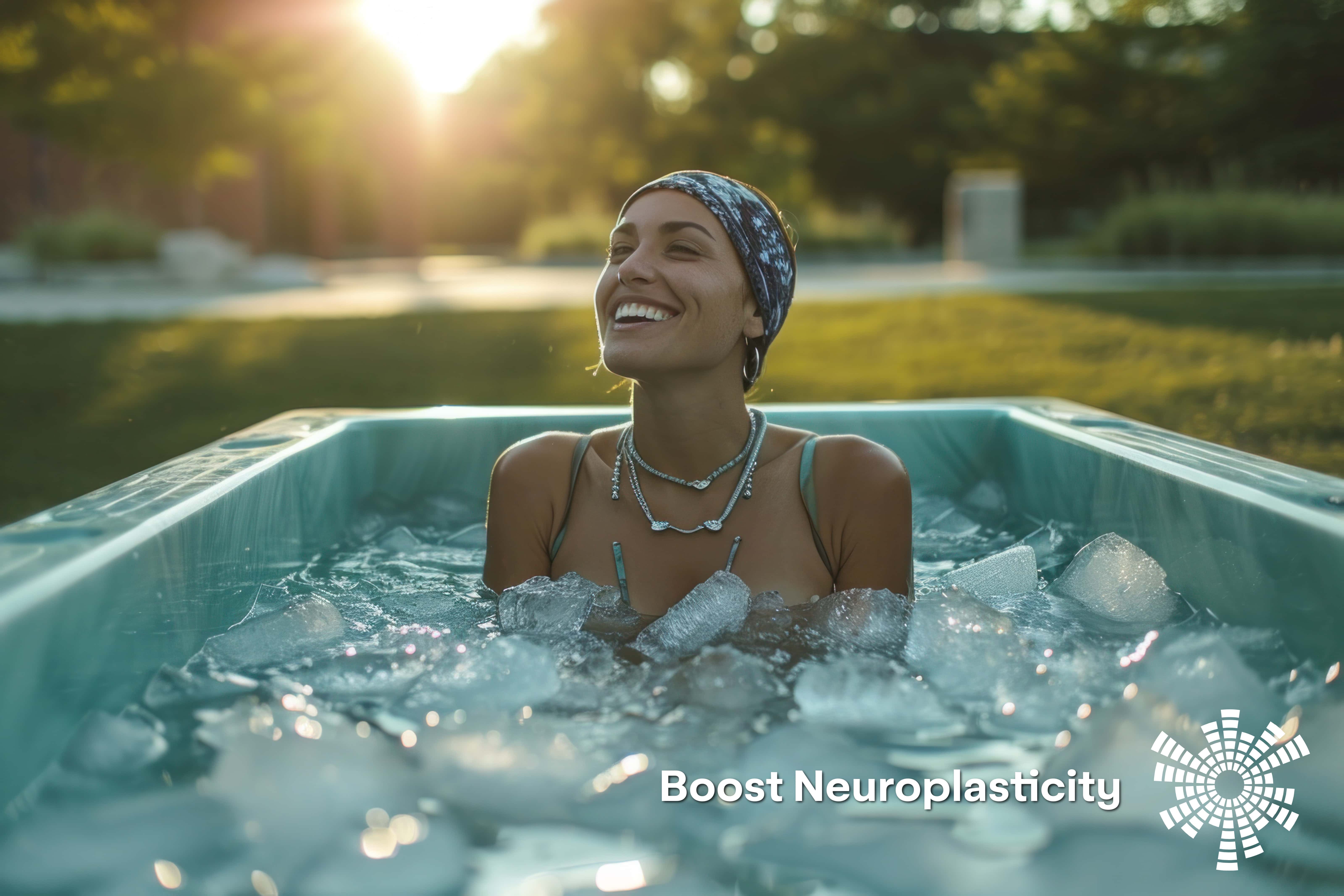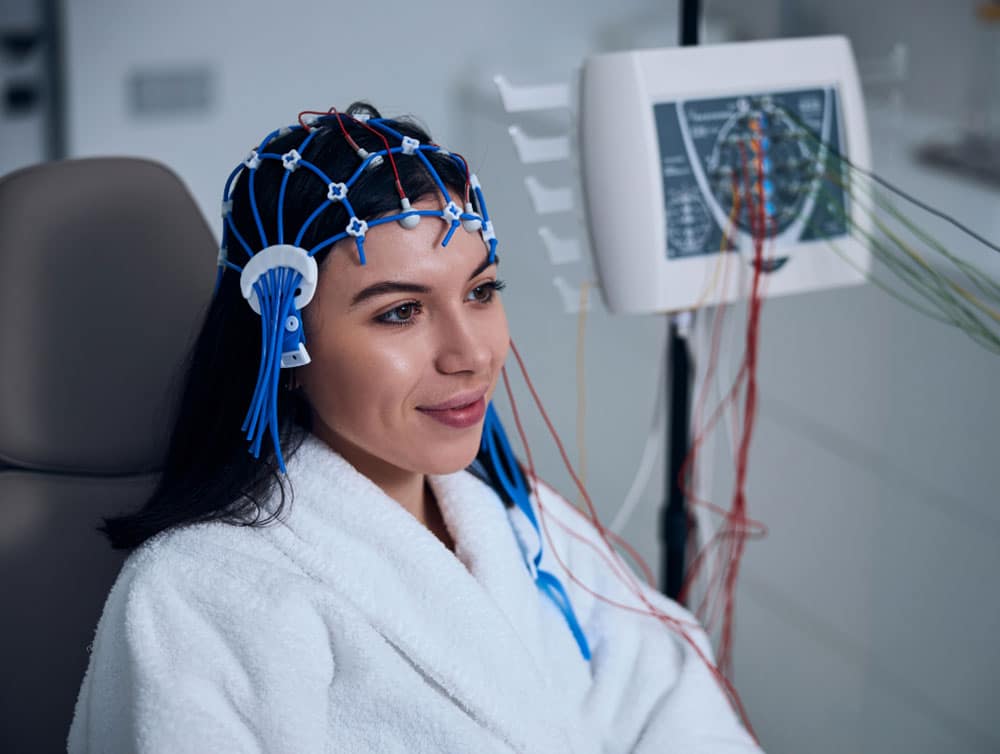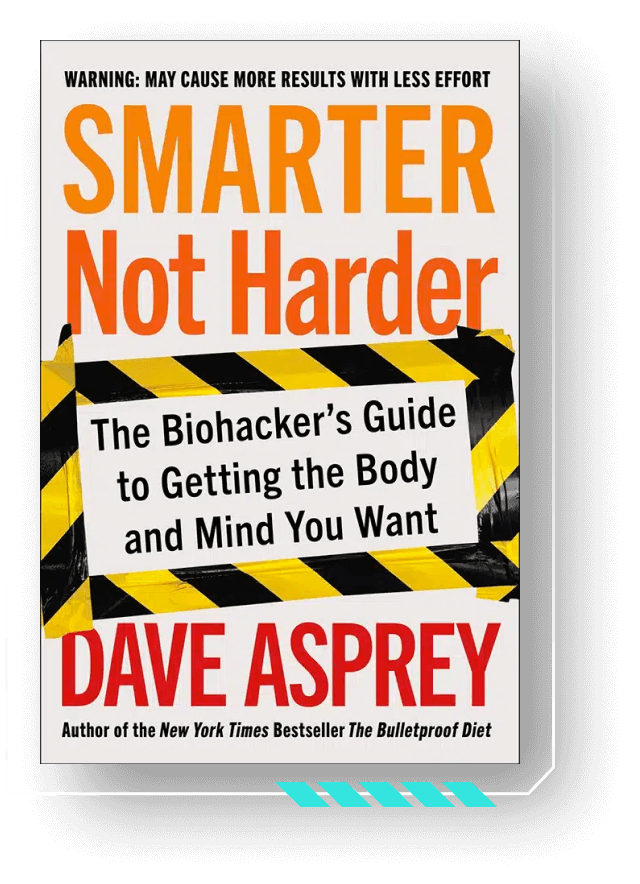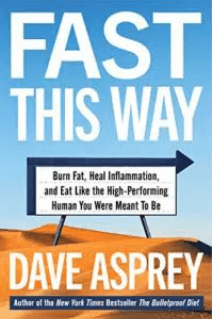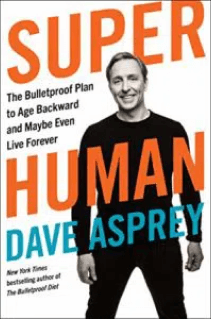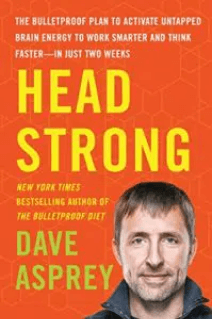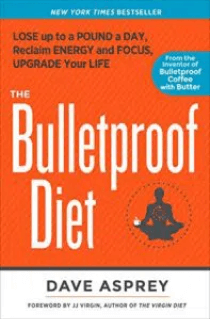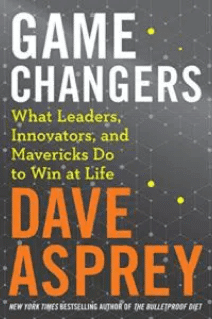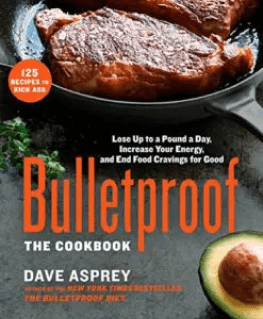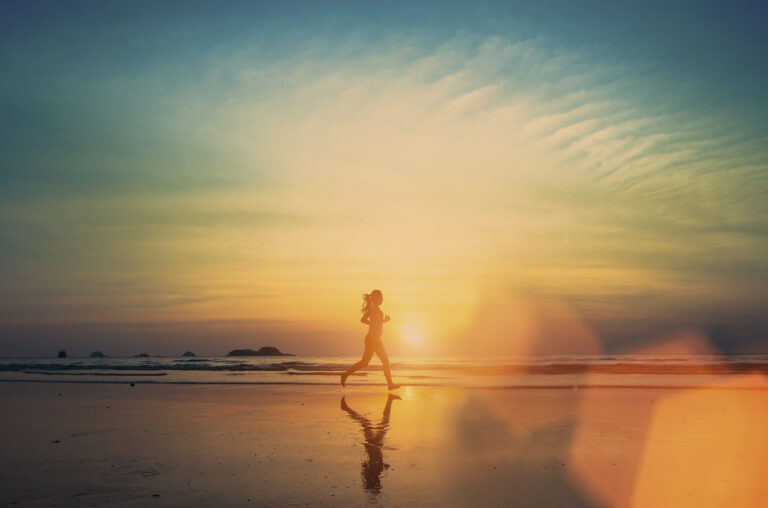
The right amount of hormesis can help to bulletproof your body and mind
Everyone knows that much the world has been on lockdown for the last several months, first with the 2-month goal of “flattening the curve,” but now it’s morphed into “lockdown until there’s a vaccine.”
Whether a functional and safe vaccine emerges or not, you are most likely going to be dealing with this virus, and the thousands of others you deal with every winter, for the long term. If you don’t believe me, here are a few other notable people who agree:
- David Heymann, who led the WHO’s infection’s disease unit during the 2002 SARS outbreak, says, “We have to learn to live with the pandemic…this will become endemic.” He also says, “We shouldn’t just be trying to suppress this virus out of existence or trying to suppress it to a level that’s unrealistic. We have to be able to suppress it to a level where it causes minimum damage while at the same time entering a country and becoming endemic.”
- Even Dr. Fauci says that vaccines won’t eradicate COVID.
- The UK’s chief scientific advisor, Patrik Vallance, says London won’t be able to stop it from becoming endemic even with a vaccine.
If that sounds scary, know that there are four other coronavirus strains that are endemic and cause many cases of the common cold. There are strategies available to manage your own biology that make you more resilient and less susceptible to all kinds of infections. I used to be the guy who got sick constantly, but now it’s exceedingly rare.
Knowing how to upgrade your immune system so you can get sick less is important because the psychological impact of coronavirus could be worse than COVID-19 itself. According to projections by the Well Being Trust, the despair from the current situation could contribute to between 27,644 – 154,037 deaths.[1] Stress is an epidemic in and of itself, but no one is talking about how to flatten the mental health curve.
The good news is that if you read this blog, you are already looking for ways to Bulletproof your stress response system and be more resilient, no matter what the world brings to your door. You’ve read about ways you can protect yourself from the negative impacts of bad stress in this post. Here, you’re going to learn about the role of hormesis in mitigating stress and improving stress resilience, ultimately boosting the immune system. And since gyms and fitness centers are still closed or with limited offerings, what are the best biohacks we can do at home? This is all about resilience! (Nothing written here is a treatment or cure for anything, especially a virus.)
What is hormesis?
Hormesis is a fancy word for “what doesn’t kill you, makes you stronger.” The devil is in the details, however, because for stress to have a beneficial effect (improved health, stress tolerance, growth, or longevity), you have to control the timing and dose of stressors. The real definition of hormesis should be, “What doesn’t kill you or weaken you, makes you stronger.”
Our bodies are made to toughen up with hormeses such as heat, sun, cold, physical activity, and even famine. These things can hurt you at high intensity or for prolonged durations, but in small, hormetic doses, they make you stronger by stimulating an adaptive response and rejuvenating cellular processes. Research suggests that these responses help you live longer, reduce oxidative stress, improve your immune system, and boost your mood.
They are core biohacking techniques to become more resilient, and the good news is that you can do them at home even under lockdown.
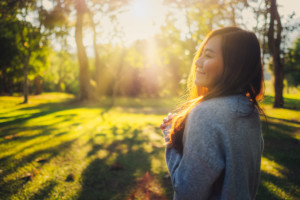
Light it up
Using an infrared sauna is one of the best investments of your time because you can do it at the same time as other useful things! Within a 30 – 40 minute session, you can meditate and unwind, read, listen to Bulletproof Radio, or even take calls, all while getting the well-studied hormetic benefits of heat.
It can even help mentally. A 2016 clinical trial published in JAMA Psychiatry found that gentle infrared heat on the skin that increased core body temperature helped with mild to moderate depression in unmedicated patients. A single session of whole-body heat helped with depression within a week, and the effect lasted over six weeks.[2]
Dr. Charles Raison, MD, the lead author of this study, believes that increasing core body temperature and gentle skin heating help correct the neuronal miscommunications that contribute to depression. Also, the gentle and soothing warmth has similar effects to a hug, by increasing serotonin and oxytocin.[3]
For years, I have recommended and used Sunlighten saunas to increase my resilience. They effectively increase my core body temperature and gently heat my skin. Their Solocarbon heater produces far infrared waves, peaking at 9.4 microns, which is most compatible with human physiology.
Because infrared heat’s your body from the inside versus heating the surrounding air, you still sweat – a LOT – but at a much lower and comfortable temperature than an old-fashioned dry sauna. Overheating the skin, such as with higher intensity of shorter-wavelength infrared spectrum, can diminish the mood-enhancing effects.[3]
It’s going to be a while before most psychiatrists start prescribing infrared saunas, but it’s worth considering because saunas have significantly fewer side effects than antidepressants. So if you’re feeling down during social distancing, spending some of that time in an infrared sauna is a great way to improve your mood and maybe even mental health.
During this government-mandated travel lockdown and lack of playdates for my kids, I’ve spent most mornings with my 11-year-old son in our Sunlighten sauna. It’s a great time to bond. We read from Ryan Holiday’s The Daily Stoic, and talk about how to be resilient. We aren’t alone – Dr. Caroline Leaf, a hard-charging cognitive neuroscientist, and mental health expert say she also uses her Sunlighten sauna daily to destress and improve her mental health.[4]
Then there’s sleep, which helps you be more resilient physically and mentally. Infrared therapy supports the immune system by improving sleep quality.[7] Sleep supports your immune function.
There are also physical hormetic benefits. I wanted highly emissive heaters and the correct spectrum, which is why I selected the Sunlighten sauna – 99% emissivity Solocarbon heaters and the 9.5 nm peak frequency. Regular sauna use can strengthen your immune system, similar to a fever. [5] The heat also stimulates heat-shock proteins (HSP) and antioxidants, which help the immune system fight off viruses and reduces your risk of getting sick.[6]
HSPs are really important for your resilience. Your body makes them after you expose yourself to almost any kind of external stress, including exercise. HSPs (from sauna or exercise):
- help to maintain cellular homeostasis
- reactivate damaged or malformed proteins
- Turn on autophagy aka “housekeeping”
I use my Sunlighten sauna regularly because it’s the least painful way to turn on those HSP benefits. I also use intense exercise, blood flow restriction, hypoxia, ozone therapy/oxidative stress, and fasting, which are documented to do the same thing to HSP. It’s just that spending 30 minutes in my sauna to raise HSP is more relaxing and more fun!
Chill out
Immersing yourself with ice-cold water or sub-zero temperatures in a whole body cryotherapy chamber might sound like torture. But it works. Once you become cold-adapted, cold therapy actually invigorates your mood, cognitive function, and makes you healthier.[9][10] If you are new to cold therapy, it is important to gradually build up to it rather than jumping into an ice bath the first time. Becoming cold-adapted activates the vagus nerve, boosting your relaxation response and strengthening the nervous system against stress.[11] You’ve probably heard Wim Hof’s interview on Bulletproof Radio where he shows how he has used cold (and breathing) to completely stop immune system inflammation, even when he intentionally injected himself with a bacterial toxin!
Cold therapy is a type of hormesis that reduces inflammation and increases cellular antioxidants.[12][13] Although many people associate being cold with getting sick, repeated but brief cold exposure strengthens your immune system in the long run.[14] Cold exposure also helps improve insulin sensitivity,[15] which also helps with weight loss and overall health.
Because temperature fluctuations activate heat-shock proteins, hot-cold therapy (alternating between a hot sauna session and cold exposure) can be a great synergy. Many studies support the benefit of hot-cold therapy for exercise recovery because it can better clear inflammation from tissues than either heat or cold alone.[16] Alternating between a hot sauna and a cold shower also allows you to tolerate more heat and cold during each cycle, thus reaping more hormetic benefits. The good news is that a 1 minute cold shower, for just three days in a row, has the power to change cardiolipin in your mitochondrial membrane, as I wrote about in Super Human.
CRITICALLY IMPORTANT: Keep your cold exposures brief (and ideally follow with a sauna or a hot shower). Some people make the mistake of believing that since some cold is good, colder must be better. Getting truly chilled or being over-exposed to cold for long periods of time increases your risk of respiratory infection!
This is one reason I’m adding a Sunlighten sauna at the new Upgrade Labs location in Victoria, BC when it opens. I will suggest that members use it right after our liquid-nitrogen fueled cryotherapy sessions.
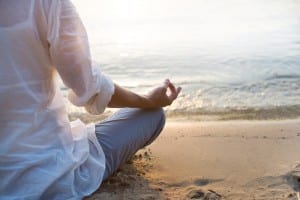
Take a breath
Breathing exercises are free, on-demand mind control. Traditions throughout the world have developed and used breathing exercises as part of their meditative or healing practices.
There are a variety of breathing patterns that can help you achieve the desired mental states, improve your stress resilience, or stimulate healing responses in your body. Mindfulness breathing helps you focus, whereas Pranayama breathing can help you calm down. Dr. Andrew Weil, MD, developed the 4-7-8 breathing, a type of Pranayama breathing that quells the nighttime monkey mind for a good night’s sleep. He shared it during his interview on Bulletproof Radio. Wim Hof breathing, before cold exposure, involves controlled hyperventilation before breath-holding to strengthen your nervous system and stress response. It also makes cold not hurt!
Breath-holding patterns are also a form of hormesis that makes your lungs stronger. In small doses, it slightly increases oxidative stress in the airway, making you more resilient and boosting your airway antioxidant levels.[17] In Head Strong, I talk about brief oxygen deprivation called Intermittent Hypoxia, which I use at Upgrade Labs to help clients raise HSP and stimulate neurons to create more mitochondria.
In the spirit of stacking my biohacks, I sometimes do breathing exercises inside my sauna. Since both can raise HSP, doing them at the same time makes a lot of sense!
Fast(ing) food
Intermittent fasting, a core part of the Bulletproof Diet since 2011, and the topic of my upcoming book Fast This Way is the practice of eating during a shortened window of time. Fasting of any type combats insulin resistance and obesity.
Since obesity and insulin resistance significantly increase the risk of complications and death for any illness (including COVID-19), start doing it now. Fasting also improves brain function and protects the brain in stressful situations.[18] Third, it stimulates autophagy or cellular self-cleaning, which rejuvenates your cells and may help with cellular defense against viruses.[19] And yes, it increases HSP – just like my infrared sauna.
During this pandemic, Dr. Peter Attia, one of the early guests on Bulletproof Radio, recommends against extended fasts of over two days because it can spike cortisol and dampen the immune system, making you more susceptible to infections.[20] However, shorter fasts like a restricted daily eating window are still beneficial.
CRITICALLY IMPORTANT: Fasting is a stressor on the body. If you’re exhausted and stressed, or menstruating, try intermittent fasting every other day. You can over-exercise, and you can over-fast. Both of them will reduce your immune function!
To learn how to fast without hunger and pain, check out Fast This Way. It also includes a section on heat and cold exposure. For instance, I recommend doing your infrared sauna session towards the end of an intermittent fast, which helps it to liberate stored glycogen from your cells.

Get some sun
One of the first three posts on this blog 10 years ago was about the importance of sun exposure, and a lot more research has come out since then. Most people still fear the sun because the sunscreen industry has a big incentive to emphasize that sun exposure damages the skin and causes skin cancers.
They are right. Too much sun exposure does exactly that, and so do sunburns. A logical person would conclude that, if some sun exposure is bad, you should minimize it.
That’s a bad idea too. A 2017 Swedish study found that sun avoidance is linked to all-cause mortality. [21] While too much sun increases the incidence of skin cancers, the correct dose of sunlight reduces your risk of all other types of cancers. The key driver of sun-related skin cancers is sunburn, but sun exposure at hormesis doses (avoiding sunburns) greatly exceeds the risk.
Vitamin D is crucial during this pandemic because it protects against respiratory tract infections. [22] Most people can’t raise their vitamin D levels enough from sun exposure alone without also damaging their skin. The best strategy is to get a blood test of your Vitamin D3 levels and take enough vitamin D to get your levels to about 70-90 ng/ml. Because of genetics, you may require a lot more, or a lot less, than other people. For instance, despite my white skin, I require about 15,000 IU of vitamin D3. That’s nearly 3x the average amount someone my weight would need.
However, taking Vitamin D3 is only part of the problem. You simply must also expose your skin and eyes to sunlight in order to activate the D3 from your supplements via a process called sulfation.
Hormetic doses (about 20-30 minutes) of the sun’s full-spectrum light affects your physiology far beyond vitamin D, here’s how:
- UVB light is what you need to synthesize vitamin D. To get vitamin D, you need UVB exposure both on your skin and through your eyes. Remember to get sun without sunglasses, glasses, or contacts. If your eyes are sun-sensitive, blink them often to cool them and start with lower sun intensity, such as around sunrise and sunset.
- Full-spectrum light exposure in the morning anchors your circadian rhythm. Roughly twelve hours after your eyes are first exposed to blue light, melatonin is released in the brain, leading to drowsiness and sleep. This is why “blue blocker” glasses during the day are a BAD idea.
- UVA and infrared spectra improve your nitric oxide levels, which protect your heart and blood vessels.[23][24]
- Sunlight includes infrared light too. (I live in Canada where there is a lack of sunshine, which is one reason I use my infrared sauna, especially during winter.)
You don’t need to become a leather-skinned sun worshipper to get a hormetic dose of sunshine. Use these tips to get just the right dose and avoid damage:
- Try the Dminder app, which has a timer to alert you to stop before you burn based on the UVB intensity at your location, time of day, and your skin type.
- Get more sun exposure in the morning and late afternoon, since sunlight during this time has more red light and less damaging UV radiation. The red light boosts the skin antioxidants, which protects from sun damage that will occur.
- Supplements that contain astaxanthin and vitamin C help protect your skin from sunburn.
- Supplements that contain broad-spectru polyphenols can make it easier to tan because melanin (the dark compound in the skin) is made up of cross-linked polyphenols! I use the polyphenol formula I created for Bulletproof daily.
- Start slowly and gently with your sun exposure, and gradually build-up to the more intense sun for a more extended period of time. You won’t need more than 30 minutes.
Infrared light is one of the most relaxing and beneficial spectrums of sunlight. If you cannot get consistent and optimal infrared from daily sun exposure, either because you live in a Northern climate, or because it’s winter, or because your government forbids you to go outside (note: I can’t believe I even typed that sentence.), there is still hope.
You can reap similar hormetic benefits with an infrared sauna, without the skin aging from UV rays. Combined with vitamin D supplementation, infrared saunas can boost protective nitric oxide production, trigger autophagy, boost mood, and improve sleep quality. As I mentioned earlier, Sunlighten saunas contain the most beneficial infrared wavelengths, with far, mid, and near-infrared, which is why it’s what I use at home.
.
Mix and Match
If this article was too much info for you, it’s ok. Just do at least one of the things you read about here. These biohacks each boost mitochondria, improve mental health and increase immune function. You do get more mileage when you stack them together.
For example, a breathing practice can powerfully combine with heat or cold exposure. Wim Hof breathing coupled with cold exposure is a great synergy to invigorate your mind early in the day. It also boosts your cognitive function and stimulates your vagus nerve. Then, workout or go for a social walk outside during the day to get sun.
In the evening, end your day with meditative breathing while relaxing in an infrared sauna. My Sunlighten Sauna even has a targeted infrared spectrum for relaxation, designed to boost happiness and love neurotransmitters. Better yet, invite your partner to the sauna with you. After all, it’s traditional to use your sauna naked… 🙂
What biohacks are you using at home during this time?
(In case it’s not obvious by now, Sunlighten provided some of the studies and research for this article, and they are an affiliate partner. When you decide to get a Sunlighten using a link in this blog, I may receive a small commission, which helps to support Bulletproof Radio and this blog. If you don’t like that, you’re free to use the information here for free and go straight to the Sunlighten home page to purchase without any affiliate commissions. Be well.)
Sources:
[2] https://jamanetwork.com/journals/jamapsychiatry/fullarticle/2521478
[3] https://pubmed.ncbi.nlm.nih.gov/25628593/
[5] https://www.sunlighten.com/blog/fighting-cold-flu-season-infrared-sauna-therapy/
[6] https://www.ncbi.nlm.nih.gov/pubmed/16610364
[7] https://pubmed.ncbi.nlm.nih.gov/2689357/
[8] https://www.ncbi.nlm.nih.gov/pmc/articles/PMC4126803/
[9] https://pubmed.ncbi.nlm.nih.gov/17993252/
[10] https://pubmed.ncbi.nlm.nih.gov/12079880/
[11] https://pubmed.ncbi.nlm.nih.gov/18785356/
[12] http://journals.plos.org/plosone/article?id=10.1371/journal.pone.0110774
[13] https://pubmed.ncbi.nlm.nih.gov/806319
[14] https://www.ncbi.nlm.nih.gov/pubmed/8925815
[15] https://pubmed.ncbi.nlm.nih.gov/26147760
[16] https://www.ncbi.nlm.nih.gov/pmc/articles/PMC3633882/
[17] https://www.ncbi.nlm.nih.gov/pmc/articles/PMC5808692/
[18] https://www.ncbi.nlm.nih.gov/pmc/articles/PMC5608558/
[19] https://www.ncbi.nlm.nih.gov/pmc/articles/PMC2852112/
[20] https://www.zerofasting.com/fasting-and-covid-19/
[21] https://pubmed.ncbi.nlm.nih.gov/28074966
[22] https://www.bmj.com/content/356/bmj.i6583
[23] https://www.ncbi.nlm.nih.gov/pmc/articles/PMC5593895/
[24] https://pubmed.ncbi.nlm.nih.gov/23756809/
[25] https://pubmed.ncbi.nlm.nih.gov/9764844/
